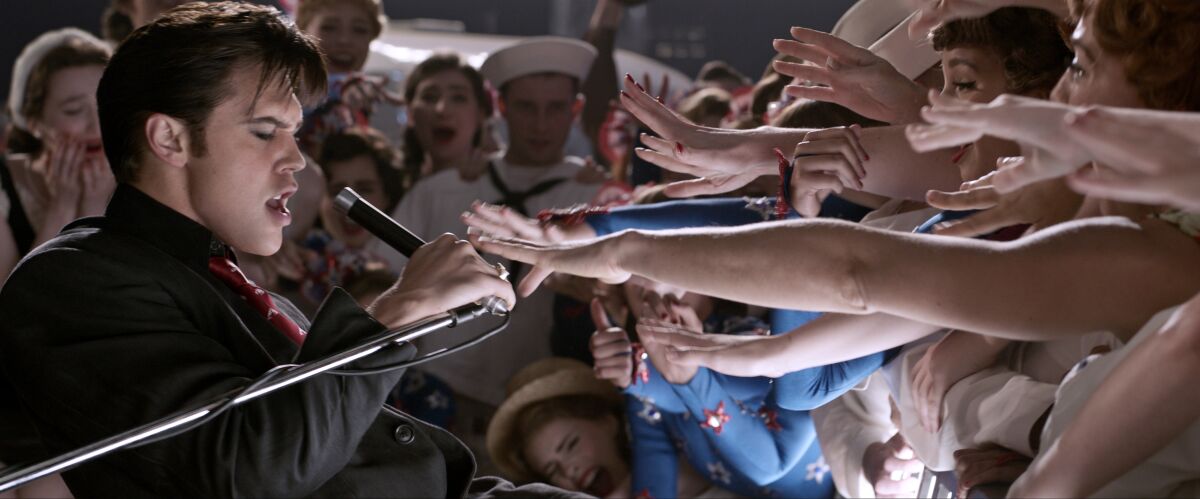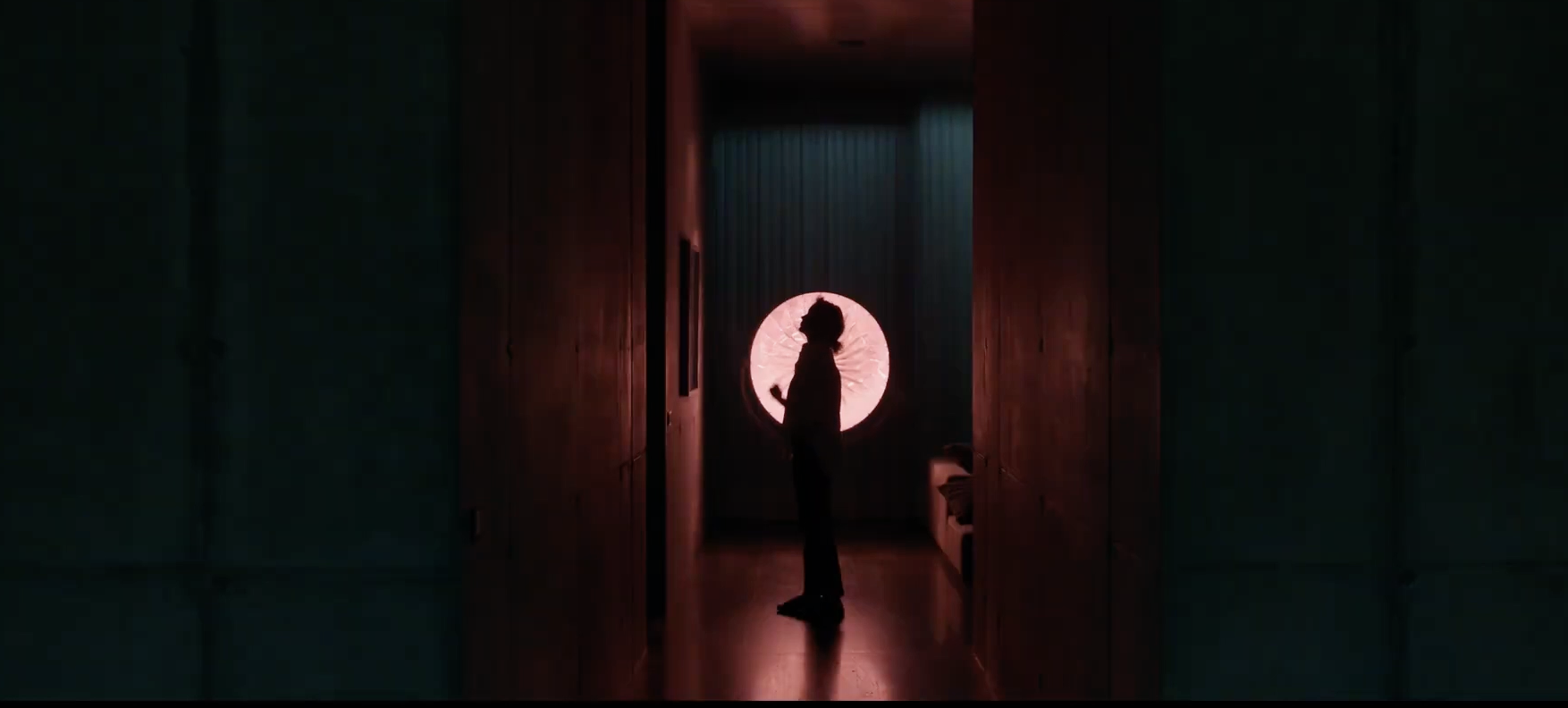The Academy Awards are airing live on March 12, and for the first time, I have set out to break down every nominee in every category in order to assess, as accurately as I can, who and what has the best chance of winning. Today I will be discussing the nominees for Best Cinematography!
All Quiet on the Western Front
Visually, All Quiet on the Western Front is a harrowing experience, and seeks to assault your senses with the horrors of war up-close. It’s brutal, but it doesn’t revel or enjoy its own brutalities — in fact, it often frames its subjects with plenty of space around them, as if to contextualize them and their story within the largeness of the world they inhabit, and prove how small their lives really are, especially in comparison to those in power who are perpetuating the war for their own gain; another storyline that the film does not dedicate too much time to, but makes sure to emphasize is incredibly valuable when closely examining the Great War.
Bardo, False Chronicles of a Handful of Truths
As indulgent and consistently off-kilter it is, Bardo isn’t a wholly empty experience — though sometimes it does feel like “weird for the sake of weird,” introducing and continuous motifs without a satisfying resolution. By far the highlight is its visual style, which fits in with writer/director Alejandro González Iñárritu’s body of work — through Bardo, he bestows upon the audience imagery such as which I’ve never seen in anything else, and I’m not sure I’ll see anything else like it anytime soon. Once thought to be an awards frontrunner (no doubt spurred on by the success of Iñárritu’s last two films, Birdman and The Revenant), this is Bardo’s only nomination this year, but it’s the one that comes most naturally.
Elvis
Baz Luhrmann’s opulent style doesn’t work for everyone, but it cannot be denied that it’s wholly unique. He has honed his craft over time, and tends to choose films with subjects that fit in with that style. Elvis, his first film in nine years (since The Great Gatsby, another story that Luhrmann’s anachronistic charm is perfect for) fits very well within his chosen sphere, moving quickly and framing its fictionalized mid-20th century with colorful loudness and clear frantic excitement.
Read my review of Elvis here.
Empire of Light
If not for three defining factors, there is no reason why Empire of Light would be in the awards conversation. The first is director Sam Mendes, who has been historically reliable when it comes to making generally good films; the second is star Olivia Colman, who pours everything she has into a role, and is always a standout, even if the film around her is inferior; and the third is cinematographer Roger Deakins, unanimously agreed to be one of the best ever to do the job. Perhaps Empire of Light is an overwrought character study, maybe it’s a halfhearted love letter to cinema, or it could possibly be both...but the only element you cannot argue with is that Deakins has an eye for empathetic and stunning imagery and lighting that can make even an ugly story seem magical. That takes skill and talent — which is a requirement, I’d say, if you’re going to be nominated sixteen times for an Academy Award, as Deakins has been.
TÁR
TÁR is mostly dark and tends to let the space speak for itself, instead of bogging you down with overly philosophical dialogue — even though its script is phenomenal as well — and nowhere is this more apparent than in scenes where Lydia Tár herself is in the zone, conducting an orchestra or otherwise surrounded by the music that she has dedicated her life to. It’s a harmonious communication where every aspect of production works together pitch-perfectly.
Read my review of TÁR here.
What Will Win: Bardo, False Chronicles of a Handful of Truths
What Should Win: All Quiet on the Western Front
What Should Have Been Nominated: Everything Everywhere All At Once






The big surprise in this category was the exclusion of Claudio Miranda from the shortlist, despite being the most decorated operator among all the works exhibited in 2022. With this major snub, the operator who is the most likely to win the Oscar on the night of March 12 is James Friend for "All Quiet", especially after winning the BAFTA for Best Cinematography, where he beat Miranda.
ReplyDelete"All Quiet" was shot primarily with two ARRI camera systems: the Arri Alexa 65, with the Prime 65 lens set, as well as the Alexa Mini LF, usually with Arri Prime DNA lenses, but also sometimes with James Friend's personal set of Blackwing Tribe7 (T-Tuned) lenses, complemented by a modern Zeiss CP.3 21mm tuned by ARRI to match the performance of older lenses. However, the Alexa 65 was not only used for large outdoor shots, but some of the more intimate scenes were also shot on Arri's large-format camera, while the Alexa Mini LF was used for almost all the war scenes with the Stabileye stabilizer developed for the "1917" shoot. For the night scenes, the filmmakers turned to the Sony Venice (the first model) for its Dual ISO, in order to be able to shoot at lower light levels (2500 ASA) and with the Rialto module for greater flexibility. And to complete the camera poker, for the visual effects shots, Friend used his own RED camera. In any case, "All Quiet on the Western Front" is a good example that what really matters is neither the cameras nor the lenses, but the way of telling, shooting and lighting a story, which is what makes the difference.
The tracking movements on the battlefield or in the trenches are very eye-catching, with beautiful movements at full speed that pick up the characters attacking, retreating, fleeing, etc. in no man's land, likewise the film has a compositional rigor and a staging that certainly looks elaborate, with suggestive and elegant framing and compositions. Everything that takes place on the battlefield is the best part of the film (it was shot in an area created ad hoc between two airstrips in the Czech Republic), both for the camera, both for the climate created by James Friend with his mix of natural light, light control, smoke and shooting (on an east-west axis) generally against the light and under gray and cloudy skies. So the results, under a naturalistic or realistic appearance, are certainly sophisticated and probably more aesthetic and atmospheric than in keeping with a real available light situation.
If the Oscar ends up going to Friend, it will be the third time an operator has won the Academy Award without being nominated for an ASC Award. The last film to do so was a foreign language production "Pan's Labyrinth" in 2007.
Now, Academy voters have lately been given to shattering pools and above all, embracing "first time" narratives that mark a turning point in the history of the awards; this year they have a golden opportunity with Mandy Walker to deliver.
ReplyDeleteThe "Elvis" shoot was done with the Arri Alexa 65 (although some sources indicate, without confirmation, that the Alexa LF and some 65mm celluloid camera were also used). The Arri camera used the Panavision Sphero 65 lenses, which are none other than the classic Super Panavision 70 format, so they would date from approximately the 1960s. But sporadically during the first half of the film and especially in its last half or final third, the film switches to anamorphic format with the Panavision T Series, the most modern series of Panavision optics, but which have a somewhat more vintage look than previous series. The result is a work that is not particularly sharp in terms of frame resolution and with more chromatic aberration, to give the good cinematic look of the seventies. The film looks amazing, with the images integrated perfectly into the story.
The cameras used by Florian Hoffmeister in "TÁR" were the Arri Alexa Mini LF, with some Alexa 65 at the beginning of the shoot, although the bulk of the film looks simply like the LF equipped with Arri Signature Primes, which presumably would have been modified to make it less image-perfect. Still, the texture produced by this camera with these optics is absolutely contemporary and, of course, digital, which fits perfectly with such a story set in the present day. What Hoffmeister does is to follow the theory of Roger Deakins - who in "1917" and "Empire of Light" employs the same camera and lens combination - and uses the best and most modern means at his disposal to achieve just that, a modern image. In this sense, Hoffmeister's lighting is also modern: from the multiple interiors of the protagonist's apartment or home, very well set under a dim, soft, contrasting and low-level light that simulates well the German autumn or winter, to the rooms or musical scenes in which the cinematographer uses LED lighting, often integrated into the shots, to photograph his scenes. All the rehearsal scenes are also very well shot, with those significant games of glances between the characters or the sequence shot of Tár teaching his students, or even all the night scenes in which Cate Blanchett's character wanders around her house looking for those noises that disturb her and that are practically more typical of horror films.
The German operator won the Golden Frog at the prestigious Camerimage film festival.
Although, among the nominees there are many outstanding works that speak of the good craft of this wonderful profession, for the one who writes this message the best cinematography works of 2022 were completely ignored....
THOSE THAT SHOULD HAVE BEEN NOMINATED:.... Nope, Benediction, EO, The Batman and Decision to Leave.